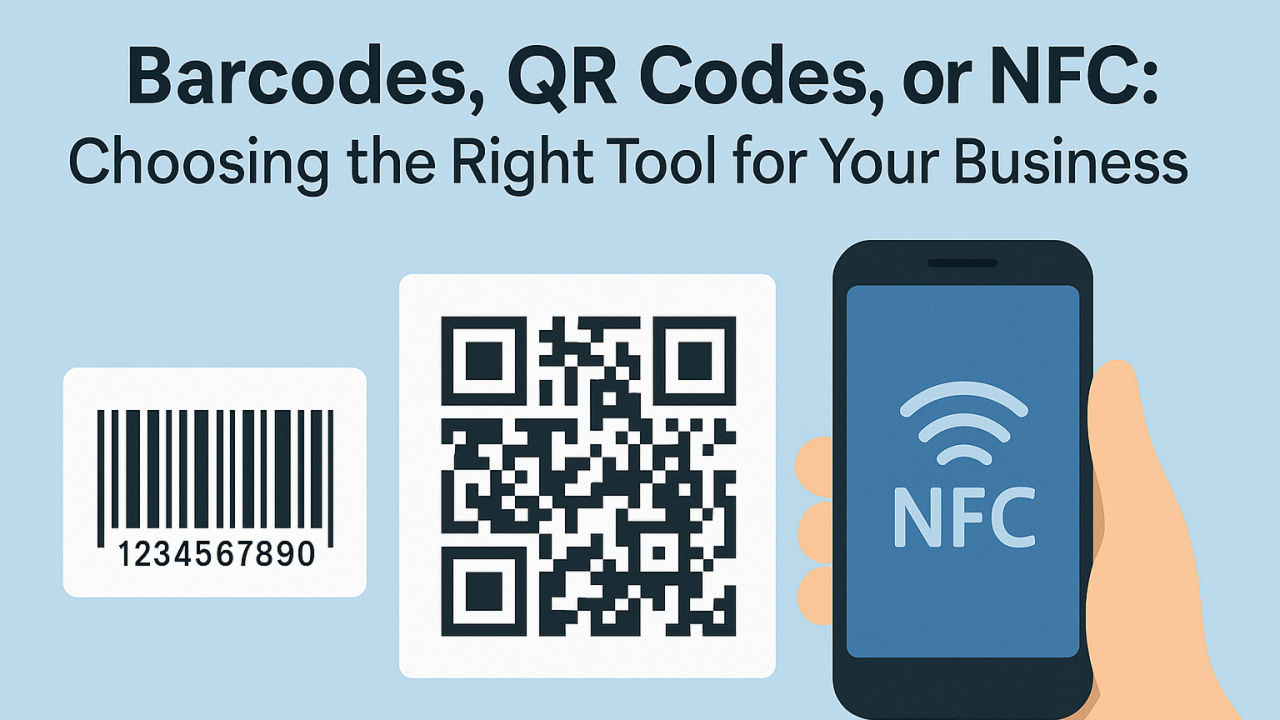In today's rapidly evolving business landscape, the ability to harness and leverage organizational knowledge is more critical than ever. An internal knowledge base stands at the core of this endeavor, serving as a dynamic repository where a company's accumulated wisdom—be it procedural guidelines, best practices, solutions to common problems, or any other critical information—is systematically organized and accessible. This not just streamlines operations but also fosters a culture of learning and growth among employees.

The significance of an internal knowledge base transcends mere information storage; it's about transforming tacit knowledge into explicit knowledge that can be shared and leveraged across the organization. In an era where information overload is common, having a centralized, easily navigable, and well-maintained knowledge base can be the difference between a company that merely survives and one that thrives through innovation and efficiency.
Understanding Internal Knowledge Base
An internal knowledge base is essentially a digital library specific to your organization that stores crucial information, documents, FAQs, and resources. It's designed to be an internal tool that employees can refer to whenever they need specific knowledge or information to perform their tasks more effectively. Unlike external knowledge bases that are aimed at customers, an internal knowledge base is focused on aiding your employees, enhancing internal communication, and streamlining workflow.
The distinction between internal and external knowledge bases lies in their audience and the type of content they offer. While external bases help customers solve problems or learn more about your products and services, internal bases support your employees' efficiency and productivity by providing them with the tools and knowledge they need to excel in their roles.
Incorporating an internal knowledge base into your organizational framework can dramatically improve how information is shared and utilized, ensuring that valuable insights and data are not siloed but are instead a driving force for collective progress and innovation.
In the following sections, we'll dive deeper into the benefits of establishing an internal knowledge base, outline a step-by-step guide on implementing one, and share some best practices to ensure its success. By the end of this article, you'll have a solid understanding of why an internal knowledge base is an indispensable resource for any forward-thinking company and how to begin the journey of creating one.
Benefits of Implementing an Internal Knowledge Base
The deployment of an internal knowledge base within an organization can lead to a multitude of benefits, impacting various aspects of operations and culture. Here are some key advantages:
Improved Efficiency and Productivity
Having a well-organized repository of information and resources at their fingertips allows employees to find answers and solve problems more quickly, reducing downtime and increasing productivity. This efficiency is particularly beneficial in fast-paced environments where timely access to information is crucial.
Enhanced Employee Satisfaction and Empowerment
An internal knowledge base empowers employees by giving them the tools and information they need to perform their tasks independently. This autonomy not only boosts their confidence and job satisfaction but also fosters a sense of ownership and engagement in their roles.
Streamlined Onboarding and Training Processes
For new hires, an internal knowledge base can significantly reduce the learning curve by providing immediate access to a wealth of organizational knowledge. This accelerates the onboarding process and helps new employees become productive members of the team more quickly.
Fostered Culture of Knowledge Sharing and Collaboration
An internal knowledge base encourages a collaborative environment by making it easy for employees to share their insights and expertise. This culture of openness and sharing leads to innovative ideas and solutions, driving the organization forward.
Reduced Redundancy and Knowledge Gaps
By centralizing information, an internal knowledge base helps eliminate redundant efforts and ensures that everyone has access to the same, up-to-date information. This uniformity prevents knowledge gaps and discrepancies in how procedures are followed or tasks are executed.
How to Implement an Internal Knowledge Base
Implementing an internal knowledge base requires careful planning, development, and maintenance to ensure it meets the needs of your organization and your employees. The process can be broadly categorized into the following stages:
Planning Stage
- Identify the Purpose and Goals: Clearly define what you aim to achieve with your internal knowledge base. Whether it's improving response times, enhancing employee training, or reducing the volume of repetitive inquiries, having clear objectives will guide your implementation strategy.
- Assess the Needs of Your Users: Understand the types of information your employees need most and how they prefer to access it. This might involve gathering feedback through surveys or interviews to ensure the knowledge base will be user-friendly and effective.
- Decide on the Scope and Scale: Determine how comprehensive your knowledge base needs to be to start with. You can always expand its scope later, but it's important to begin with a clear focus to ensure a manageable and successful launch.
Development Stage
- Choose the Right Platform: Selecting a platform that is intuitive and accessible is crucial. Yeeflow, with its drag-and-drop design capabilities, offers a no-code solution that can be customized to your organization's needs.
- Structure Your Knowledge Base: Organize your content in a way that makes sense for your users. This includes creating categories, using tags for easier searching, and developing a logical hierarchy of information.
- Content Creation: Develop content that is clear, concise, and valuable. Include a variety of formats, such as text, images, and videos, to cater to different learning styles. Guidelines and templates can ensure consistency in how information is presented.
Deployment Stage
- Train Your Team: Before launching, ensure that your team is familiar with how to use the knowledge base. This includes navigating the system, searching for information, and contributing content.
- Encourage Contributions and Regular Updates: Make it easy for employees to contribute their own knowledge and insights. Regularly review and update the content to keep it relevant and accurate.
- Set Up Feedback Loops: Implement mechanisms for users to provide feedback on the content and usability of the knowledge base. This can help you make continuous improvements.
Implementing an internal knowledge base is a strategic process that, when done correctly, can lead to significant benefits for your organization. It not only enhances the efficiency and productivity of your team but also fosters a collaborative culture that values knowledge sharing and continuous learning.
Best Practices for Internal Knowledge Base Success
To maximize the impact of your internal knowledge base and ensure its long-term success, consider adhering to these best practices:
Keep Content Clear, Concise, and Up-to-Date
The value of your knowledge base hinges on the quality and relevance of its content. Ensure all information is easy to understand, succinct, and regularly reviewed for accuracy. Outdated information can lead to confusion and diminish trust in the resource.
Incentivize Contributions from Team Members
Encourage a culture of contribution by recognizing and rewarding employees who actively share their knowledge and expertise. Incentives can range from simple acknowledgments in team meetings to more formal rewards systems. This not only enriches the knowledge base but also fosters a sense of ownership and value among staff.
Ensure Easy Accessibility and Searchability
The efficiency of a knowledge base is directly tied to how easily users can find what they're looking for. Implement a robust search function and intuitive navigation. Use tags, categories, and a logical structure to organize content, and consider the user experience in the design to ensure accessibility for all employees.
Maintain Security and Privacy Controls
Depending on the sensitivity of the information stored in your knowledge base, it’s essential to implement appropriate security measures. This includes setting access levels, using encryption for sensitive data, and ensuring compliance with privacy laws and regulations.
Monitor Usage and Collect Feedback
Use analytics tools to track how your knowledge base is being used and identify areas for improvement. Regularly solicit feedback from users to understand their needs and challenges better. This will help you make informed decisions about updating and evolving the platform.
Plan for Scalability
As your organization grows, so too will your knowledge base. Plan for this growth by choosing a flexible platform like Yeeflow, which can easily accommodate new users, content, and functionality. This foresight will ensure that your knowledge base remains a valuable resource over time.
Conclusion
Implementing an internal knowledge base is a strategic decision that can significantly enhance the efficiency, productivity, and culture of your organization. By centralizing knowledge and making it easily accessible, you empower your employees to perform at their best, fostering an environment of continuous learning and improvement. The process of implementing a knowledge base, from planning through to maintenance, requires thoughtful consideration and ongoing effort. However, the benefits – improved operational efficiency, enhanced employee satisfaction, and a stronger organizational knowledge culture – far outweigh the initial investment.
As we move forward in an increasingly information-driven business environment, the ability to manage and leverage knowledge effectively will continue to be a critical competitive advantage. By following the steps and best practices outlined in this article, and with the help of intuitive platforms like Yeeflow, your organization can successfully implement and benefit from a robust internal knowledge base.
Are you ready to transform how your organization manages knowledge? Explore Yeeflow’s knowledge base template and start building a more informed, efficient, and collaborative workplace today. With Yeeflow, you can customize your internal knowledge base to meet your unique needs without any coding required. Take the first step towards unlocking the full potential of your organizational knowledge.






.png)

